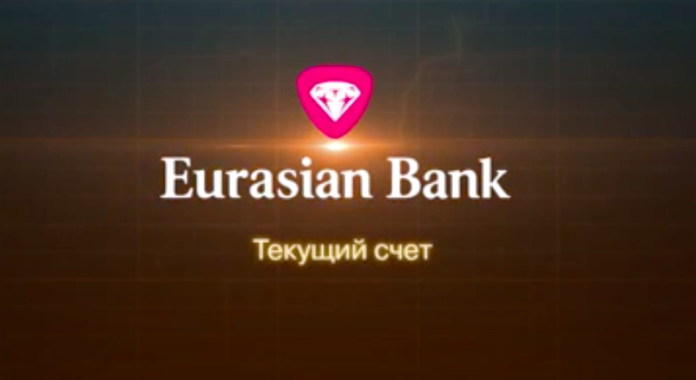Eurasian Bank, one of the largest banks in Kazakhstan, has implemented Qlik Data Integration to drive its data warehouse modernisation efforts.
At the onset of the COVID-19 pandemic of 2020, Eurasian Bank planned to modernise its data integration processes and version update all Oracle Databases Management Systems (DMS) within the IT systems and Enterprise Data Warehouse (EDW). However, newer versions of the DMS and other data sources were unsupported by the existing integration technology in place.
Alexander Naumov, deputy chairman of the management board at Eurasian Bank, said the new solution had to meet several requirements — support a large list of source and target type systems, various versions of the DMS, minimise source system performance impact, and ensure high performance and durability.
Qlik’s configuration ensured connection to Eurasian Bank’s different data sources, including Oracle and Postgres, and provides near-real-time data replication with one-to-two second latency between data source and target.
The implementation was completed in four months, with full training provided, allowing Eurasian Bank employees to independently work with Qlik. The bank has integrated over 400 data objects and is now processing an average of approximately 5 TB transaction logs on a daily basis.
“It was very important for us to change the integration tool without putting on hold the regulatory processes of the Corporate Data Warehouse, which are crucial for the bank’s business operations, as well as promptly supporting plans of development and implementation of new banking systems,” said Naumov.
He said these changes allowed Eurasian Bank not only to increase the performance of data replication, but also the system durability and recovery time in case of a failure.
“Today companies accumulate more data than ever before,” said Alexey Artemenko, Qlik’s regional director in Russia and the CIS. “Many businesses are struggling to bring together the data streams from a variety of internal and external sources.”
















